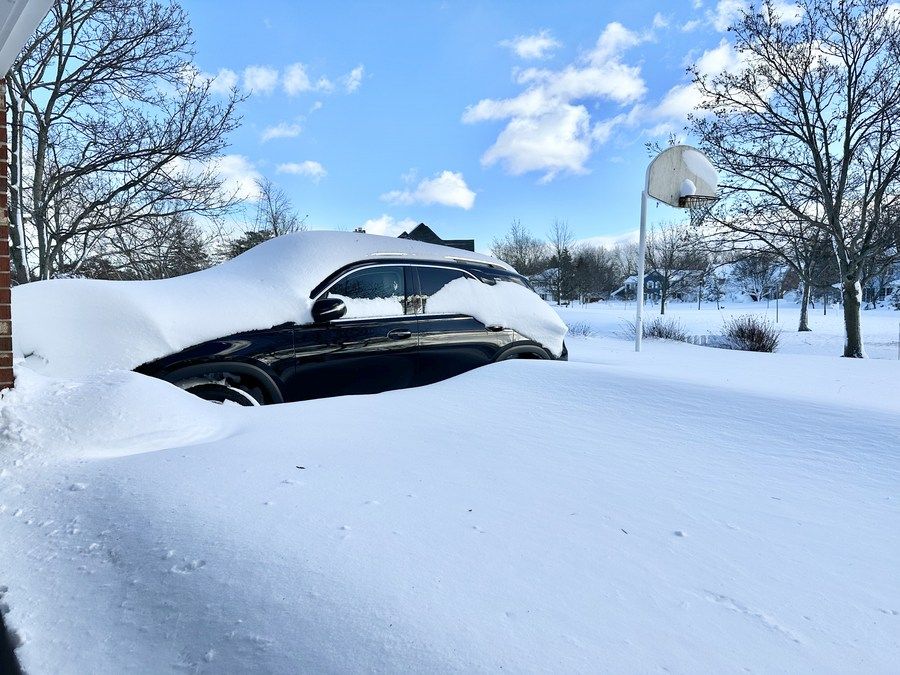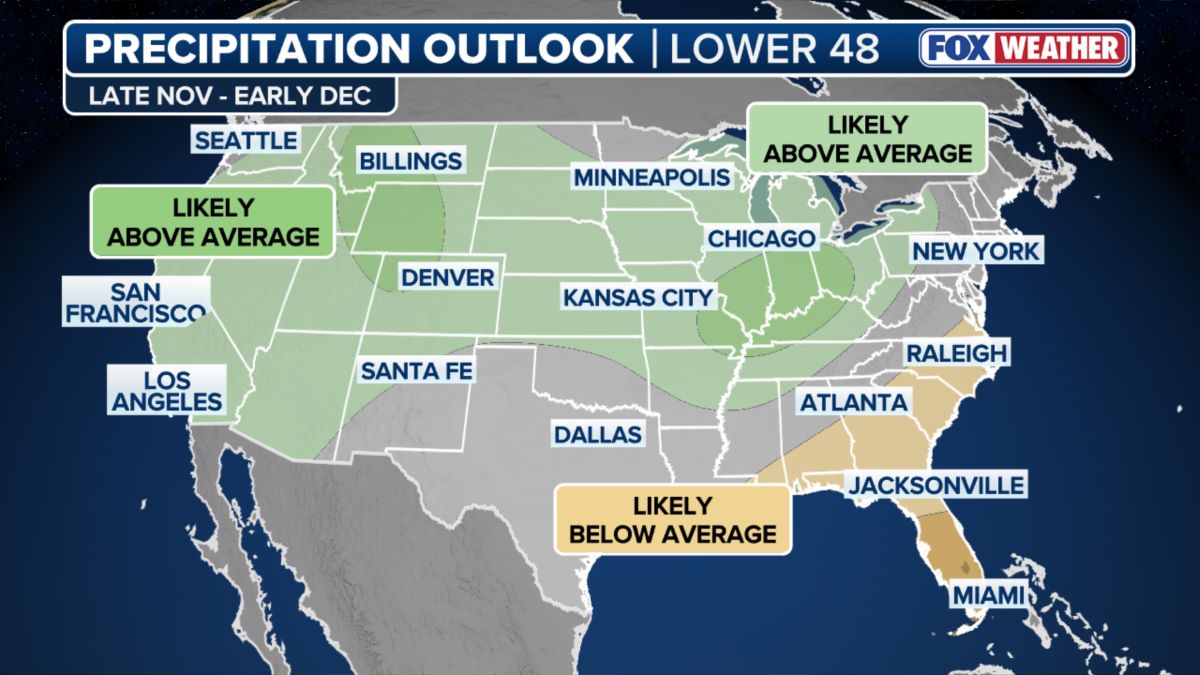Cold air and cold spells are forecast to cause a temperature shock and snowfall at the beginning of the season in the US, while Central Vietnam faces persistent rain, while the North experiences a prolonged cold and dry air.
This November is witnessing special weather developments in the US. In just the first half of the month, the East recorded many record cold spells, Ngu Dai Ho area covered in heavy snow, while the West continuously suffered from unstable weather.

The biggest supermoon of the year and a magnetic storm that caused the aurora to appear in many northern states of the US also created rare marks.
In particular, in the second half of the month, forecast models of Polarvortex (polar cyclones) paved the way for the first cold air and snow of the season to flow down to Lower 48 - 48 adjacent states of the United States on the continent - right before the Thanksgiving holiday.
The central and eastern United States are expected to be wetter than normal, while the western regions such as California and the Northwest are expected to experience lower than average temperatures.
The strongly winding jet stream with the North Atlantic O scale (NAO) and Arctic O scale (AO) will shift to the sound phase, increasing the likelihood of unexpected cold air waves, accompanied by storms.

Meanwhile, in Vietnam, the contrast in weather between regions is also extremely obvious. From November 16, an atmospheric disturbance from the Philippines tends to move west.
When entering the East Sea, the northeast wind will support this disturbance towards the mainland, causing heavy rain in the Central region.
The rain is forecast to start from the south of Quang Tri to Da Nang and then the rain will gradually expand to the south. Persistent rain is forecast to last at least until after November 23, causing the risk of flooding.
Regarding cold air, according to the Vietnam National Center for Hydro-Meteorological Forecasting, due to the influence of the strengthening cold air combined with the high-altitude phase, from the night of November 15, in the Northern region, Thanh Hoa and Nghe An, there will be few clouds and sunny days.
The lowest temperature in the Northern region, Thanh Hoa and Nghe An will drop sharply, generally between 16-18 degrees Celsius, in the mountainous areas of the North, some places will be below 13 degrees Celsius. The night and early morning in these areas will be cold, in the high mountains, some places will be very cold.
It is forecasted that by the night of November 17, a very strong but dry cold air mass will continue to sweep the North, so the North will only have scattered showers and droughts that will continue, possibly even until early December.











